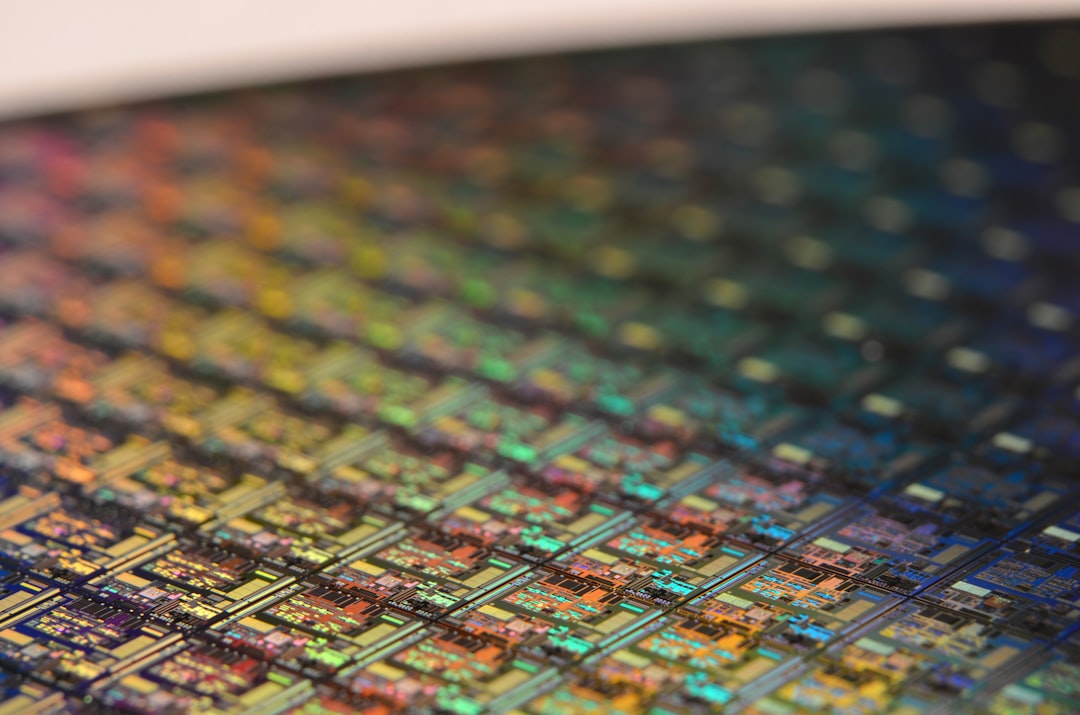What is it about?
Magnetic pulse welding enables to produce perplexing interfacial morphologies due to the complex material response during the high strain rate collision. Thus, a thermomechanical model is used in this study to investigate the formation mechanism of the wake, vortex, swirling and mesoscale cavities with the increase of the impact intensity at the interface. The formation of these interfacial features are difficult to characterize by insitu methods, thus the origin of phenomena still remain a subject of open discussion. Our studies identify the governing mechanisms and the associated thermomechanical kinetics, which are responsible for the formation mechanism of interfacial features. Numerical predictions of wake and vortex resulted from the re-entrant jetting in-conjunction with the complex interfacial mixing concur with the experimental observations. The computational analysis reveals multiple heating stages of the interface due to the contact of ejecta particulates, adiabatic shearing during the onset of the collision, and the swirling motion of the materials at the interface zone. This repeated heating of the materials and the advent of rapid solidification produce the vortex zones. The high-speed kinematics of the vortex in conjunction with the local heating at the vicinity of the interface leads to the formation of swirling structure and mesoscale cavities in the center of the swirls, which are in good agreement with experimental observations. Thus, the simulation provides a non-destructive approach to identify the interfacial structures in an impact welded joint.
Featured Image

Photo by Russ Ward on Unsplash
Why is it important?
The origin of the interface features is crucial to understanding the welding process and the mechanism of bond formation. Here we revealed the fundamental understanding of vortices, mesoscale cavities, and wake formation during an impact welding process.
Perspectives
This work is our excellent contribution and it has been published in a well-reputed high impact factor journal in our field.
Dr Thaneshan SAPANATHAN
Curtin University, Curtin Corrosion Centre, Faculty of Science and Engineering
Read the Original
This page is a summary of: Interface evolution during magnetic pulse welding under extremely high strain rate collision: mechanisms, thermomechanical kinetics and consequences, Acta Materialia, August 2020, Elsevier,
DOI: 10.1016/j.actamat.2020.05.028.
You can read the full text:
Resources
Contributors
The following have contributed to this page










